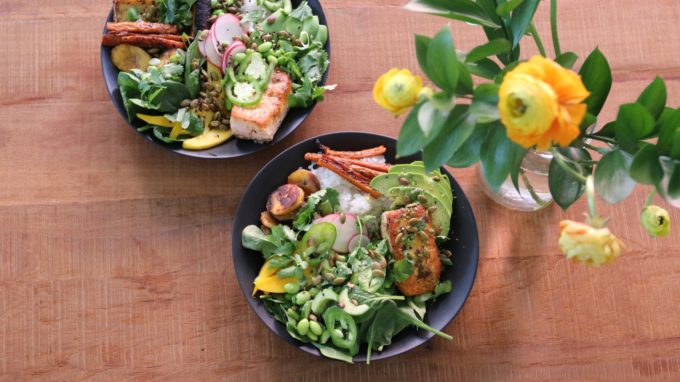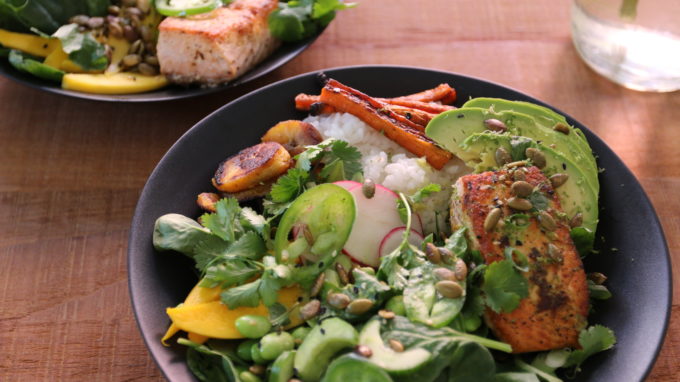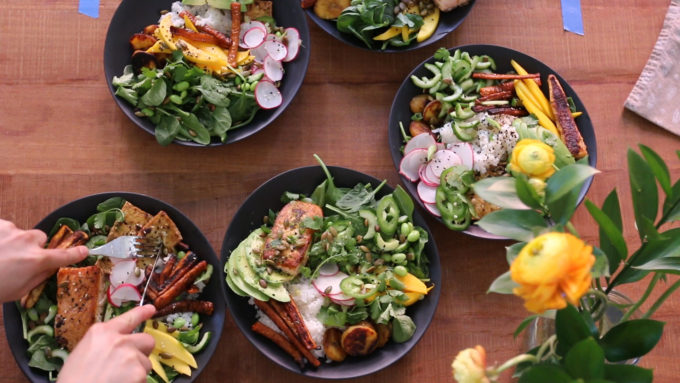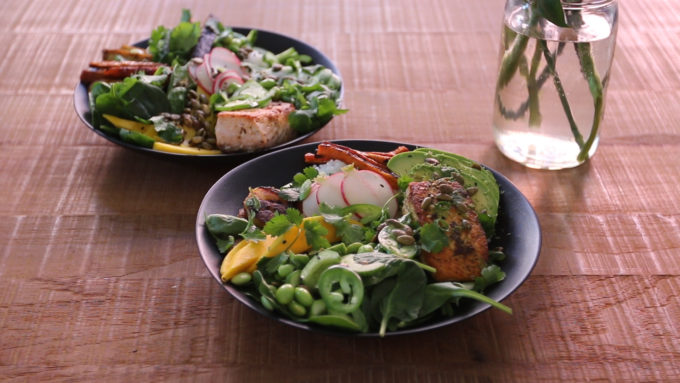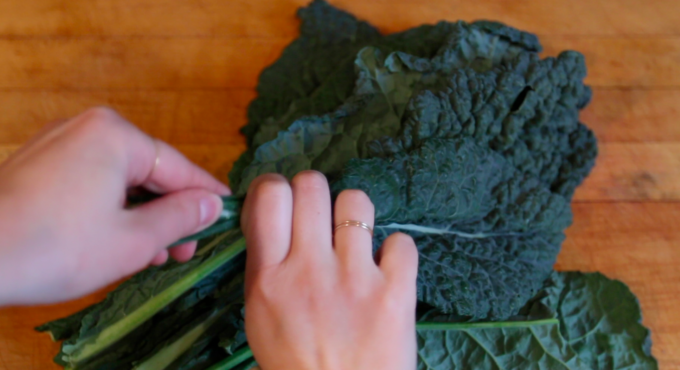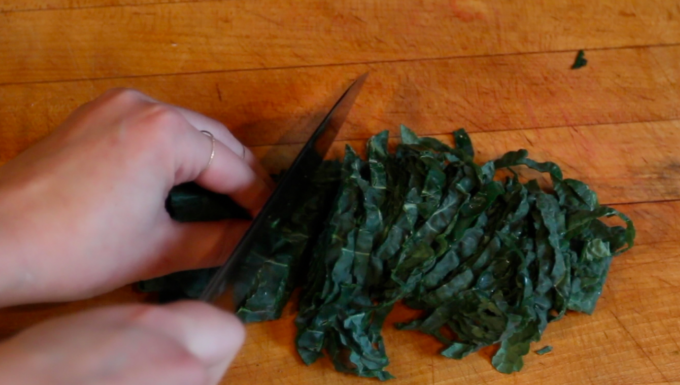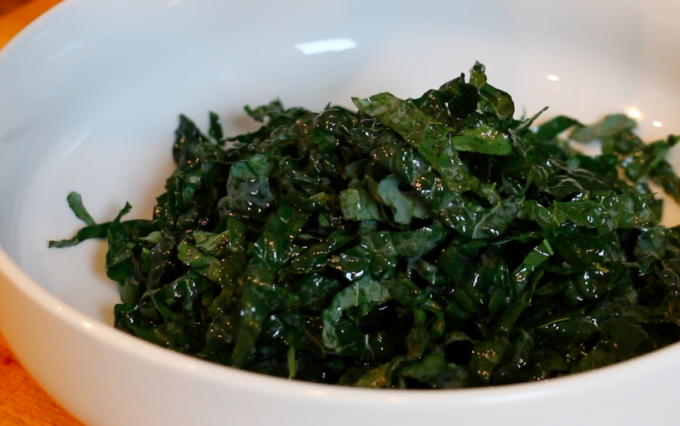Currently sitting at my favorite neighborhood patisserie – nibbling on the best chocolate almond croissant in Park Slope (Colson at the corner of 9th and 6th ave) – piecing together the clips of my first totally solo video project. And it’s starting to feel like a mining operation: pealing away the jumbled parts of my 3-hour, single-take, cut-less footage and jerky tripod adjustments – a testament to the importance of asking for an extra set of hands. However, my favorite part of this whole process of making these videos has been the challenge of putting my film schooling to practice in this new food video domain. It’s not perfect and my standards are much too high but it’s really fun. I love the process of demonstrating a process. Food is a process. It’s practice and it’s putting your knowledge of ingredients and tools to the test. Sometimes it doesn’t turn out the way we envision but when it does the process of getting to that point makes you feel like an expert the next time around. Being confident and accepting the process is the key to success.
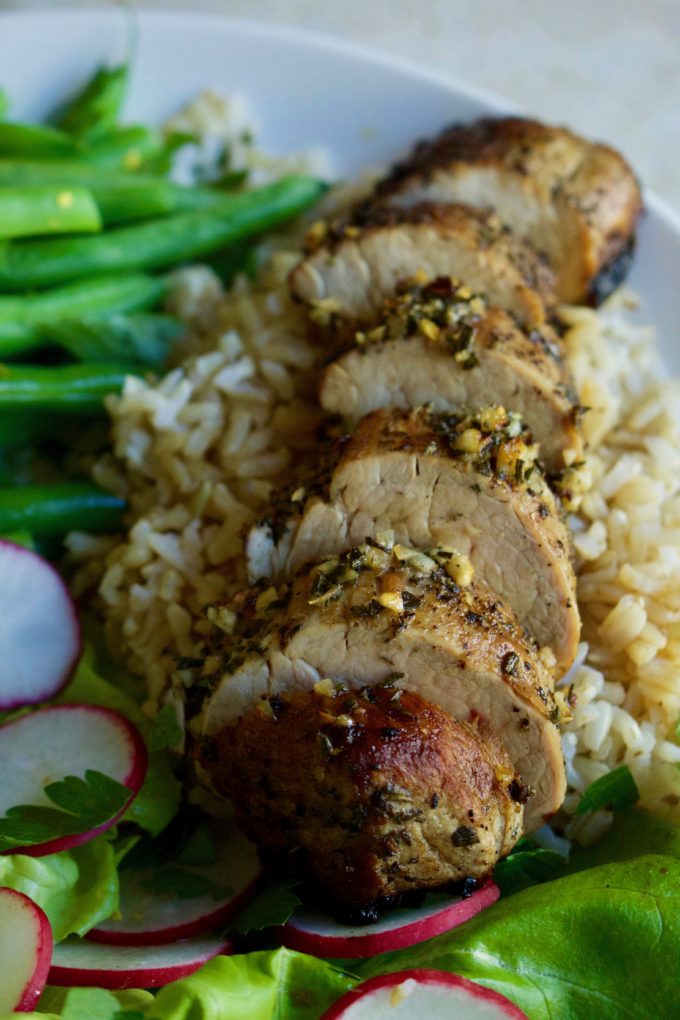
This video came about because some folks commented on one of our pork tenderloin Instagram posts, professing their frustration with pan-searing pork and that it never looks like “that”. But, I’ll be honest, neither did mine. It took me a few tries and lots of deep breaths to get it right. Laura and the crew would probably say it was my biggest hurdle. But I’m here to tell you that it is possible! Here are a few tips I picked up in the process 🙂
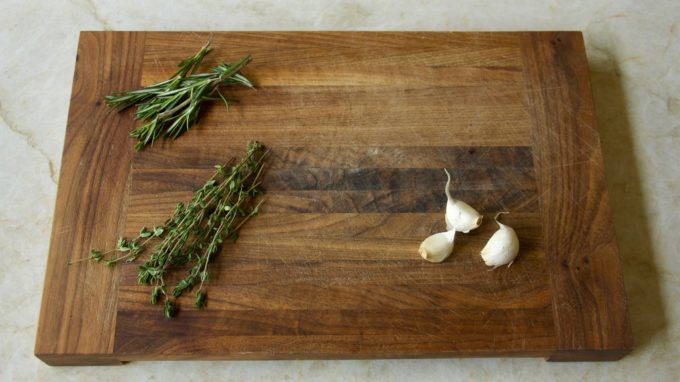
- Prepping a pork tenderloin:
- Pork is best seared, to get that crispy, unctuous crust, then popped in the oven at 425 degrees to finish.
- First, you must trim off something called the “silverskin”. According to my research, “silverskin is connective tissue that doesn’t dissolve when the tenderloin is cooked, so it needs to be trimmed away” (finecooking.com). Hold it tightly with your fingertips and stick a sharp knife, preferably a boning knife or pairing knife, through to make a thin slit and follow the tissue until it’s removed.
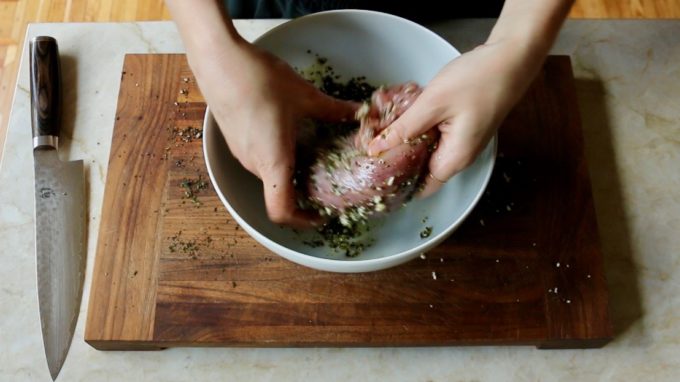
- The longer you marinate, the better.
- Next, it’s important to marinate the tenderloin for as long as possible, at least an hour. Although, we all know apple and pork is a winning combo, pork is also great with almost any citrus. Pork absorbs flavors beautifully. You can adjust your seasonings to go along with whatever you’re making.
- Make sure you strip the pork of excess marinade before you start searing but don’t pour it down the drain just yet! You’ll use it later. You can also add a little something extra to the marinade after you’ve stripped it like honey or agave, sriracha, anything that is likely to burn in the pan while it sears. We added honey to the recipe in this video and created a sweet glaze.
- (Bonus tip: you can also make extra marinade before you add the pork to use as salad dressing!)
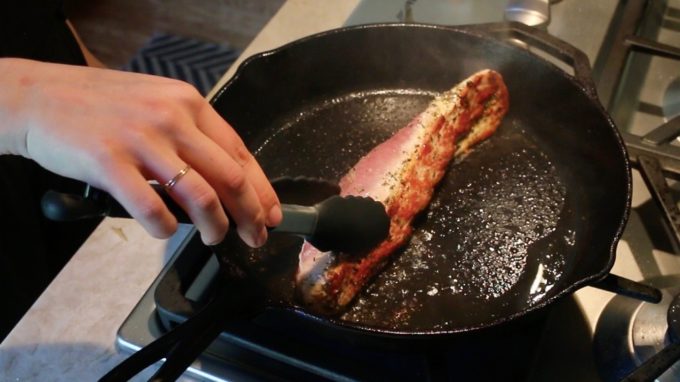
- How to get the perfect sear every time:
- When you’re searing pork, or anything for that matter, you want to make sure your pan is really really hot. You can test this with the water splash test, if it sizzles you’re ready to go. Add the oil. This can be anything you have laying around but if you’re getting really technical, you’ll want something with a “high-smoke-point” (things like grapeseed oil, safflower oil or canola oil). Make sure it covers the whole surface of the pan, then carefully layer the meat on top. It will splatter so watch out!
- You’re going to create an even sear around the whole tenderloin so it’s crispy all the way around. To do this, you’ll roll the pork toward (or away) from you, allowing the pork to get a nice sear on each roll. On the last roll just turn, spread with your excess marinade or glaze and pop it in the oven.
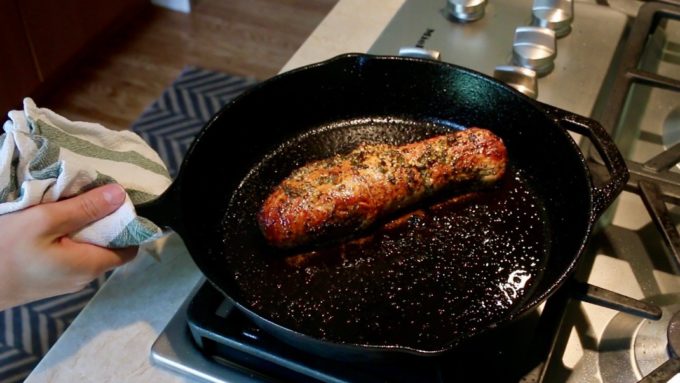
- Finish it off in the oven.
- Oven timing is tricky here because oven temps vary, pork girth vary, and different pans transfer heat differently. Before you give up, there’s an easy solution. Welcome meat thermometer! Check the pork after about 6-8 minutes. Stick the thermometer in the thickest park of the meat. You want it to read 135-140. It will finish cooking while it settles.
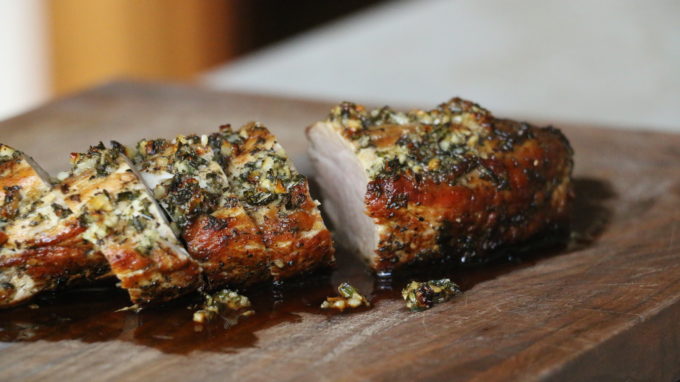
- Let it rest!
- Probably the most important tip we can give you is to let it rest. Make sure the pork rests for at least 10 minutes – just enough time to whip up your salad or strain your rice. This will ensure juicy pork. Even if you think you overcooked it, it will still be delicious and juicy if you allow the meat to rest.
- Save le jus.
- The final tip I have is to pour the juices that pool on your cutting board over the meat. It’s a trick I learned long ago and will never serve meat to another living soul without it. Perhaps the simplest way to transform a piece of meat into a savory chef-d’oeuvre.
Our go-to pork marinade ingredients and pairings:
As shown in the video:
- Roasted pork tenderloin with lots of fresh thyme, rosemary, garlic, salt + pepper and honey to finish.
- Paired with delicate Boston lettuce, shaved radish, lightly blanched green beans, and brown rice with a lemon-dijon vinaigrette
- Roasted pork tenderloin with orange zest, garlic, grainy Dijon mustard and honey to finish
- Paired with roasted sweet potato wedges, quinoa and simple arugula salad with citrus Dijon vinaigrette
- Laura’s Cooks vs. Cons pork tenderloin: http://whatweeat.nyc/cooks-vs-cons-behind-the-scenes/
